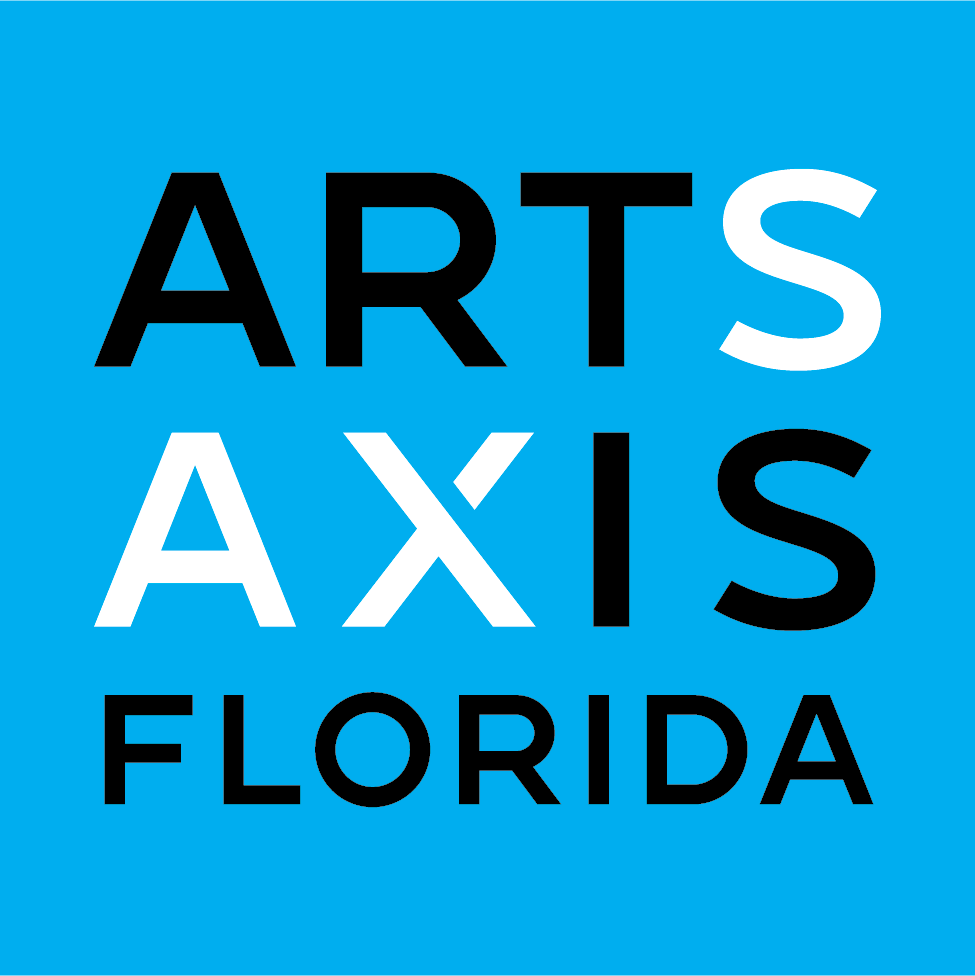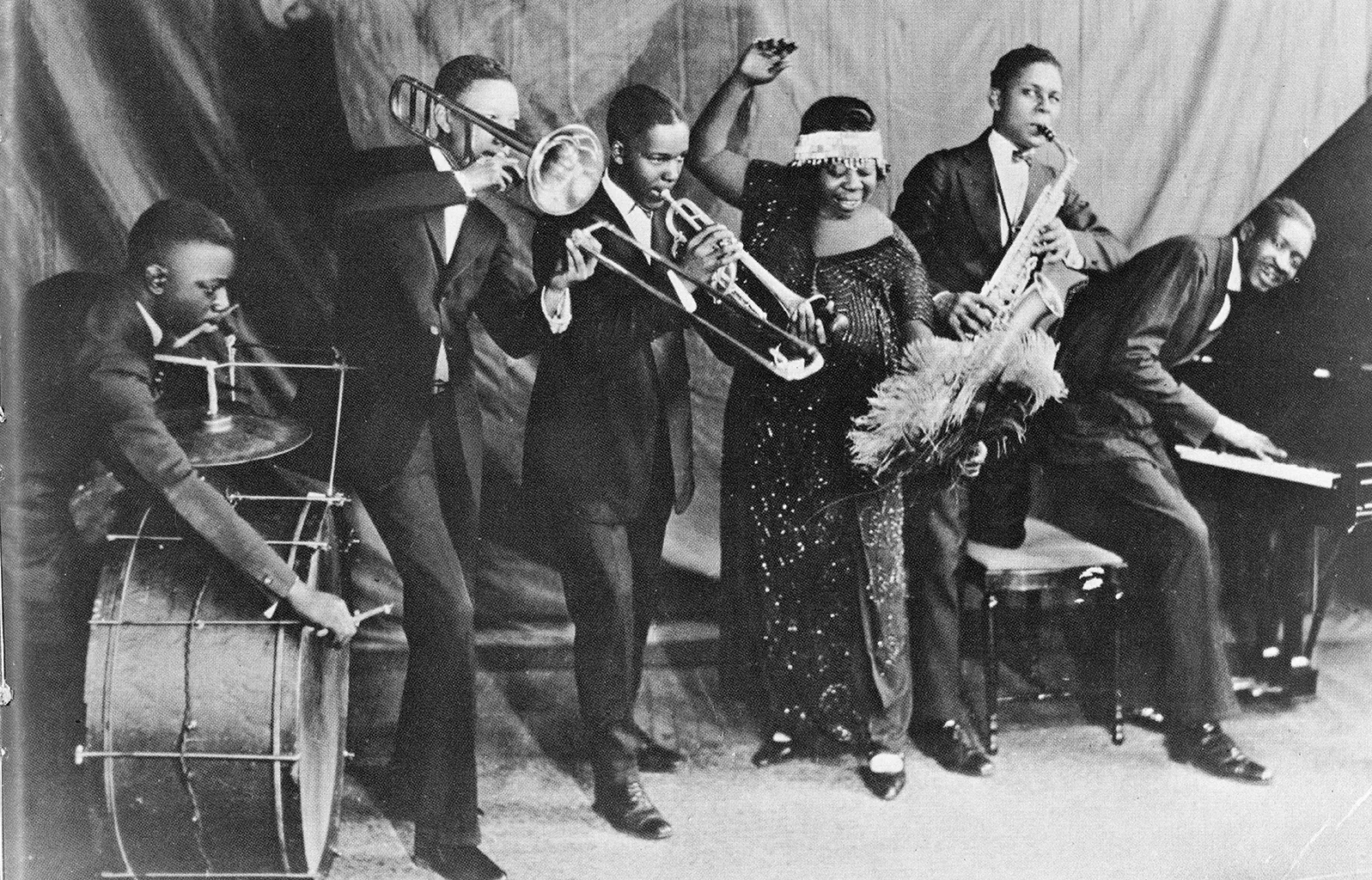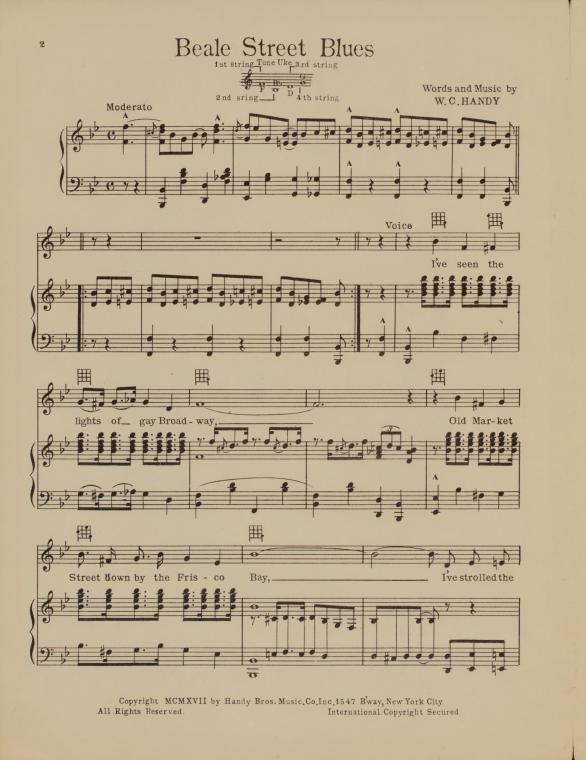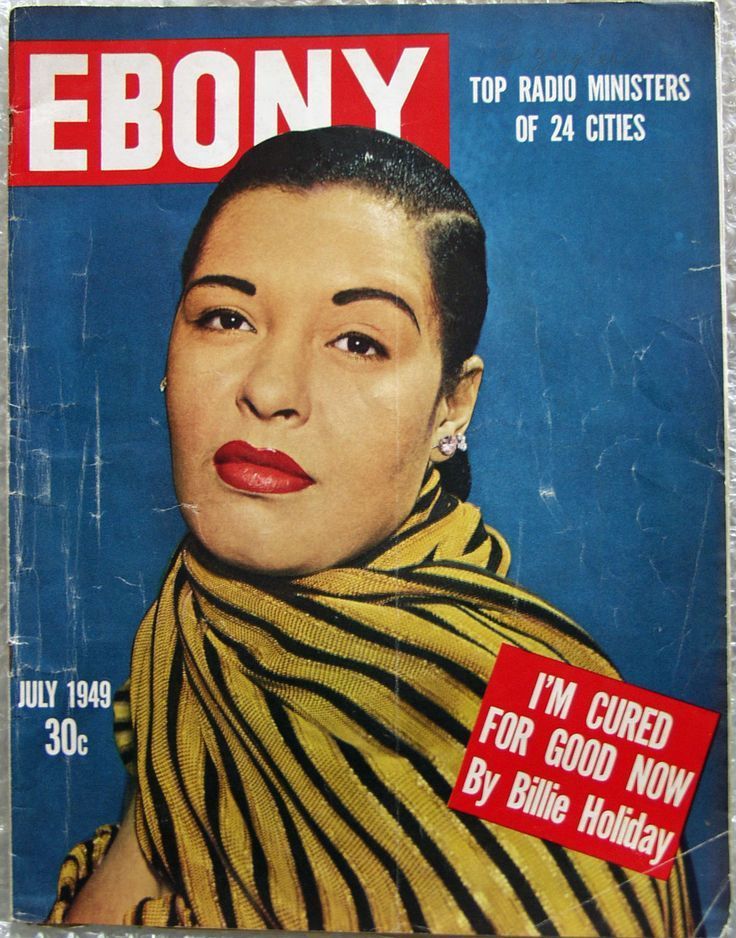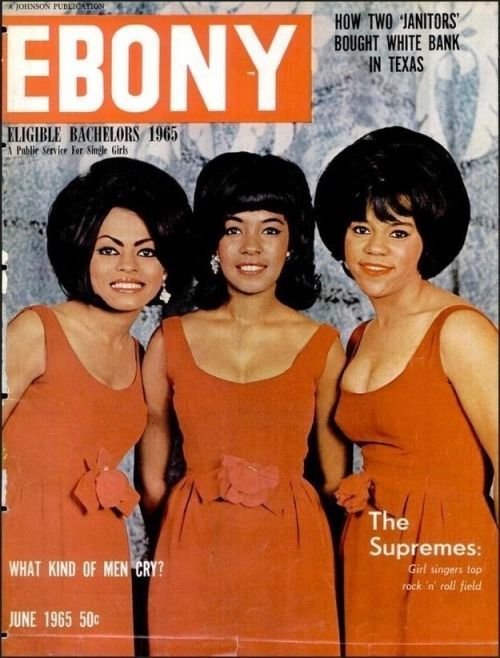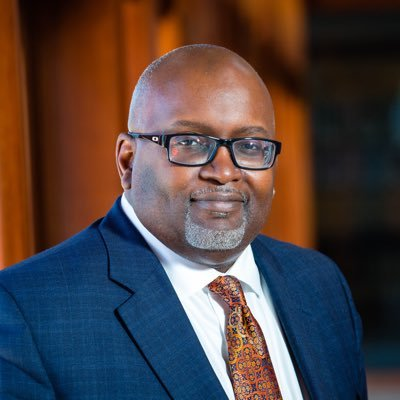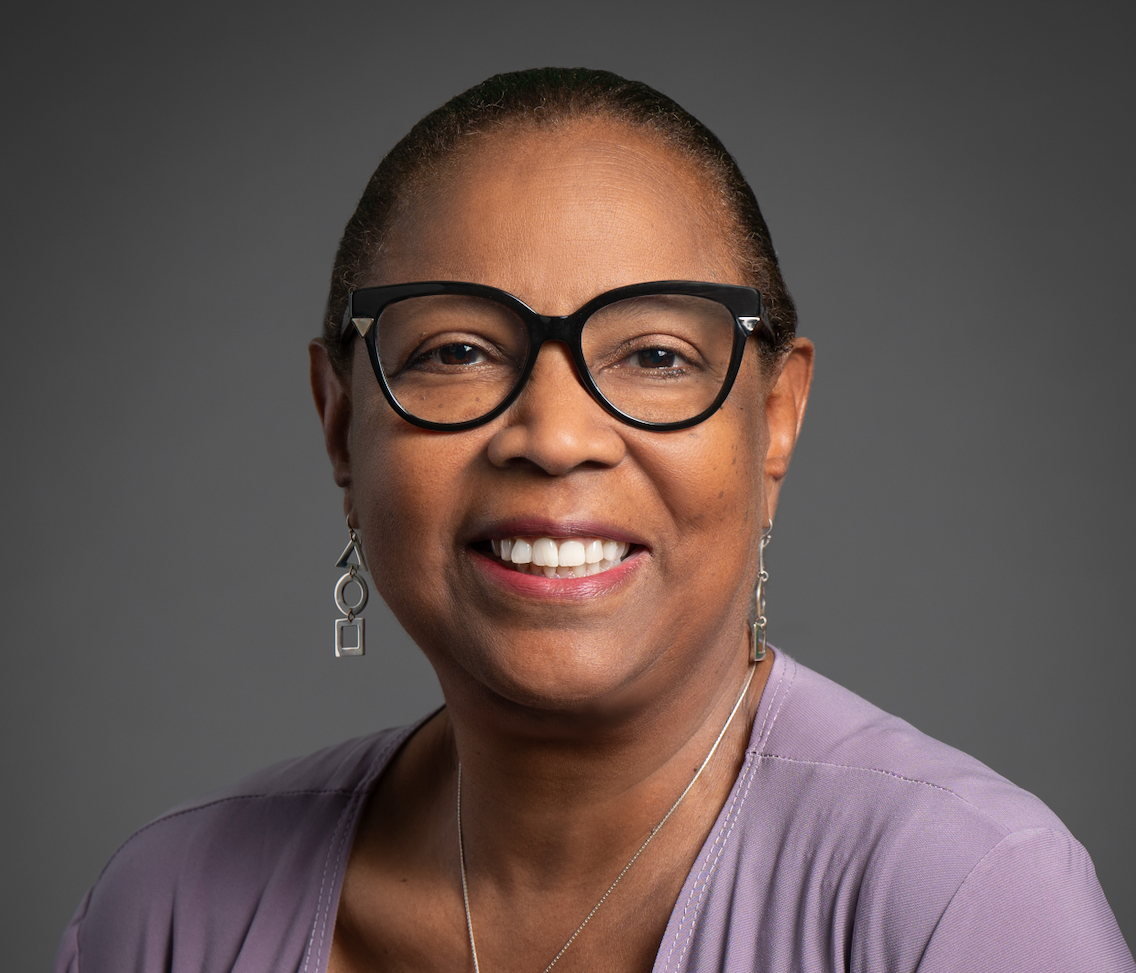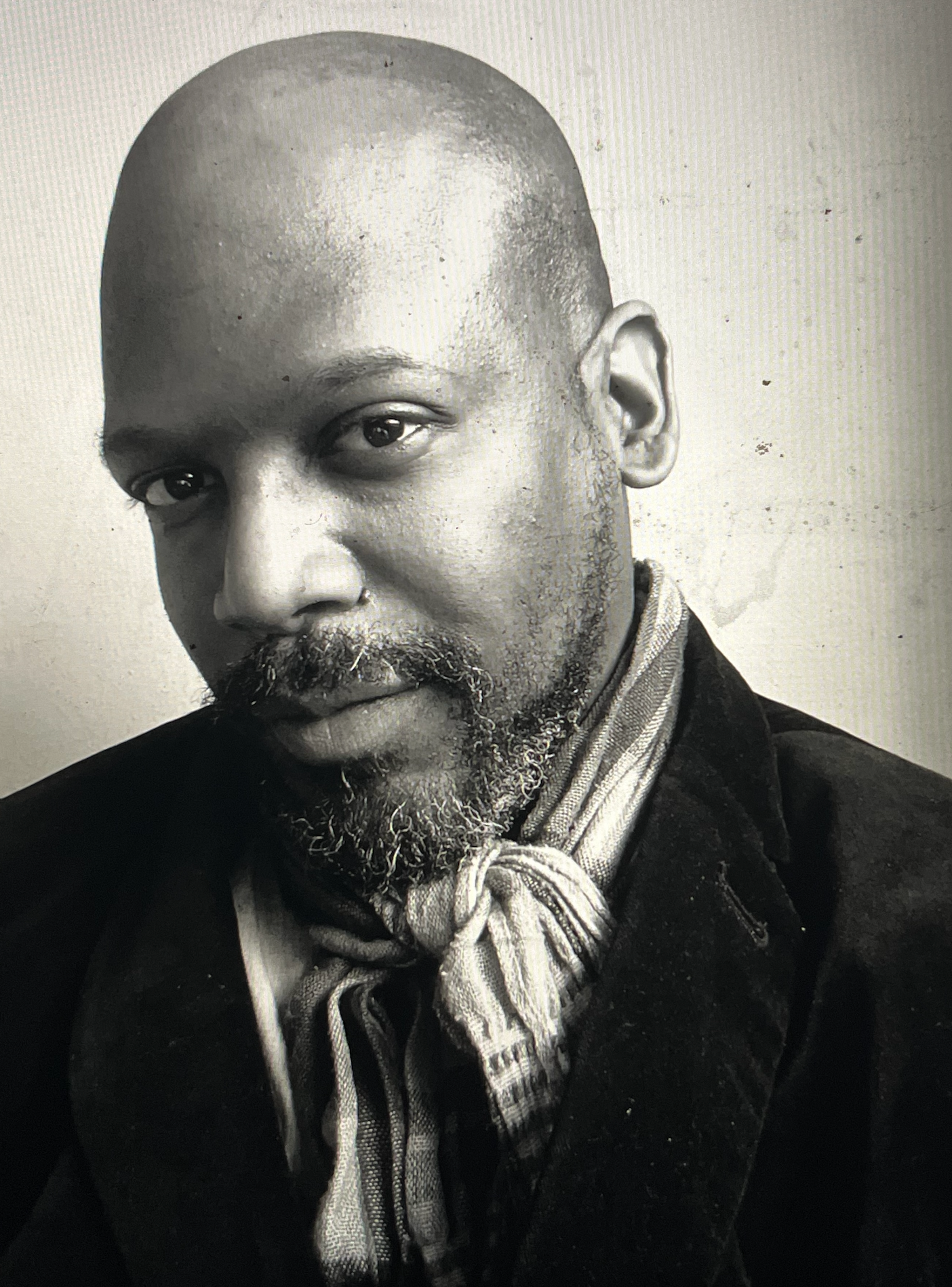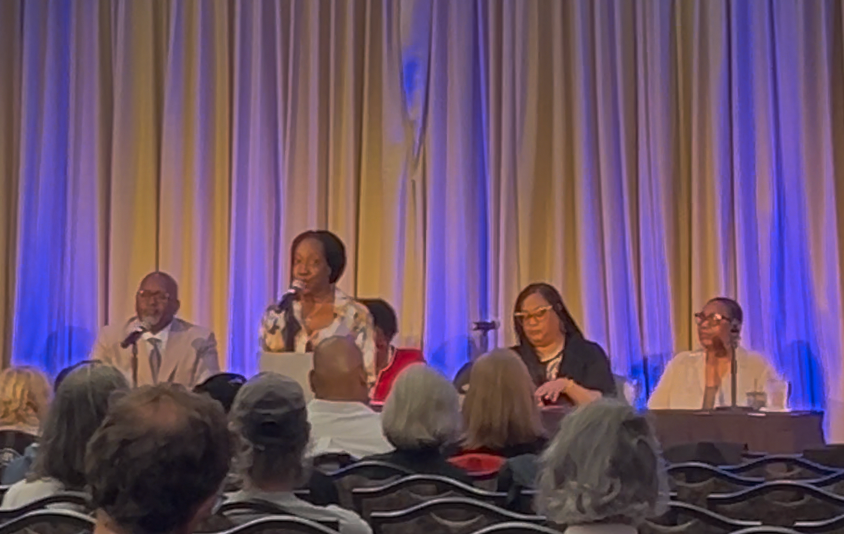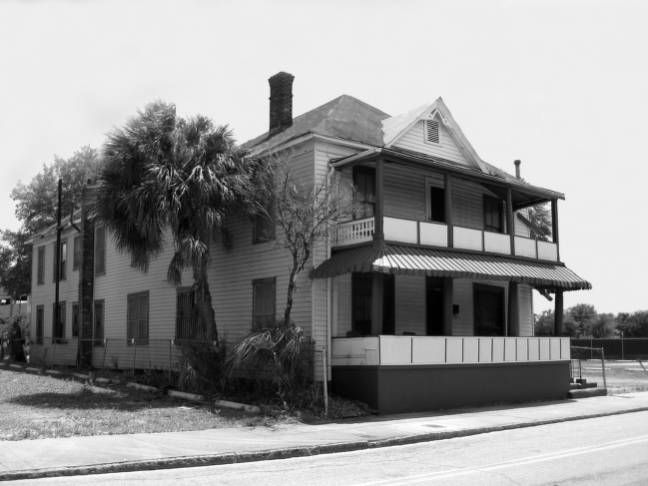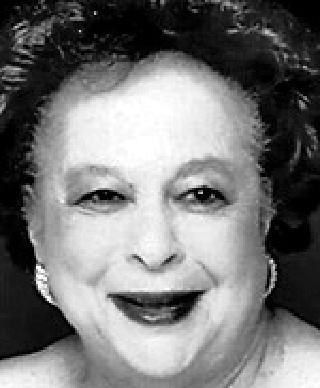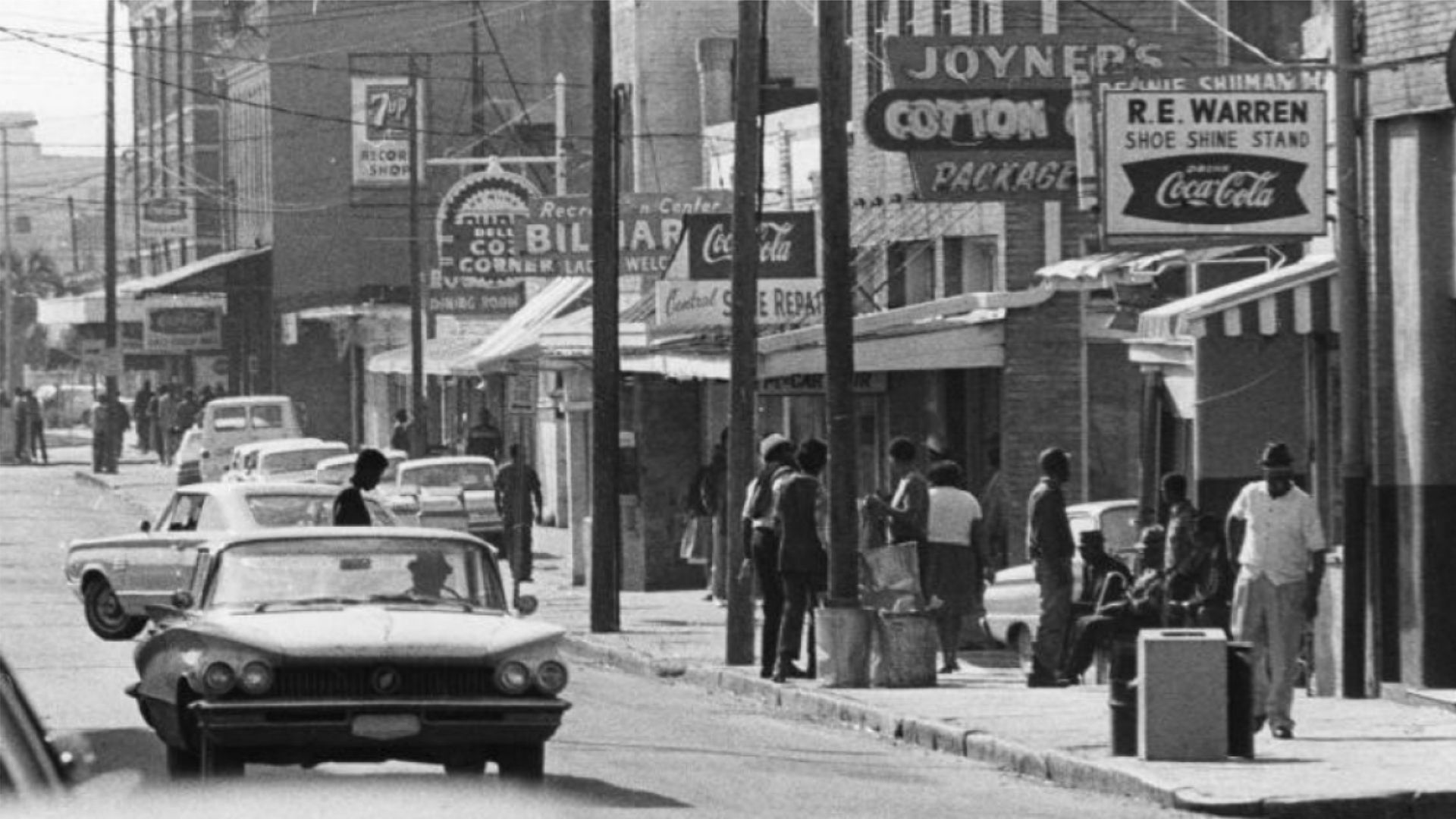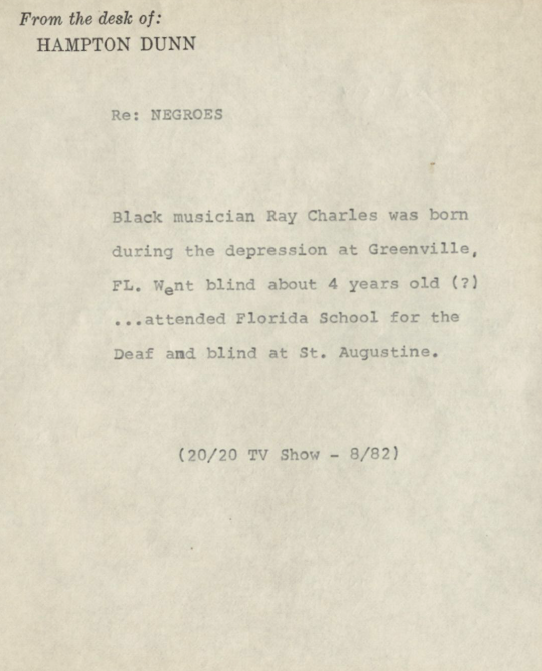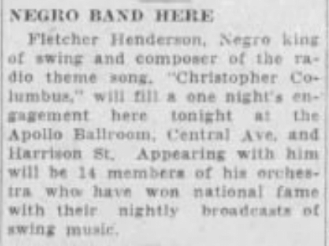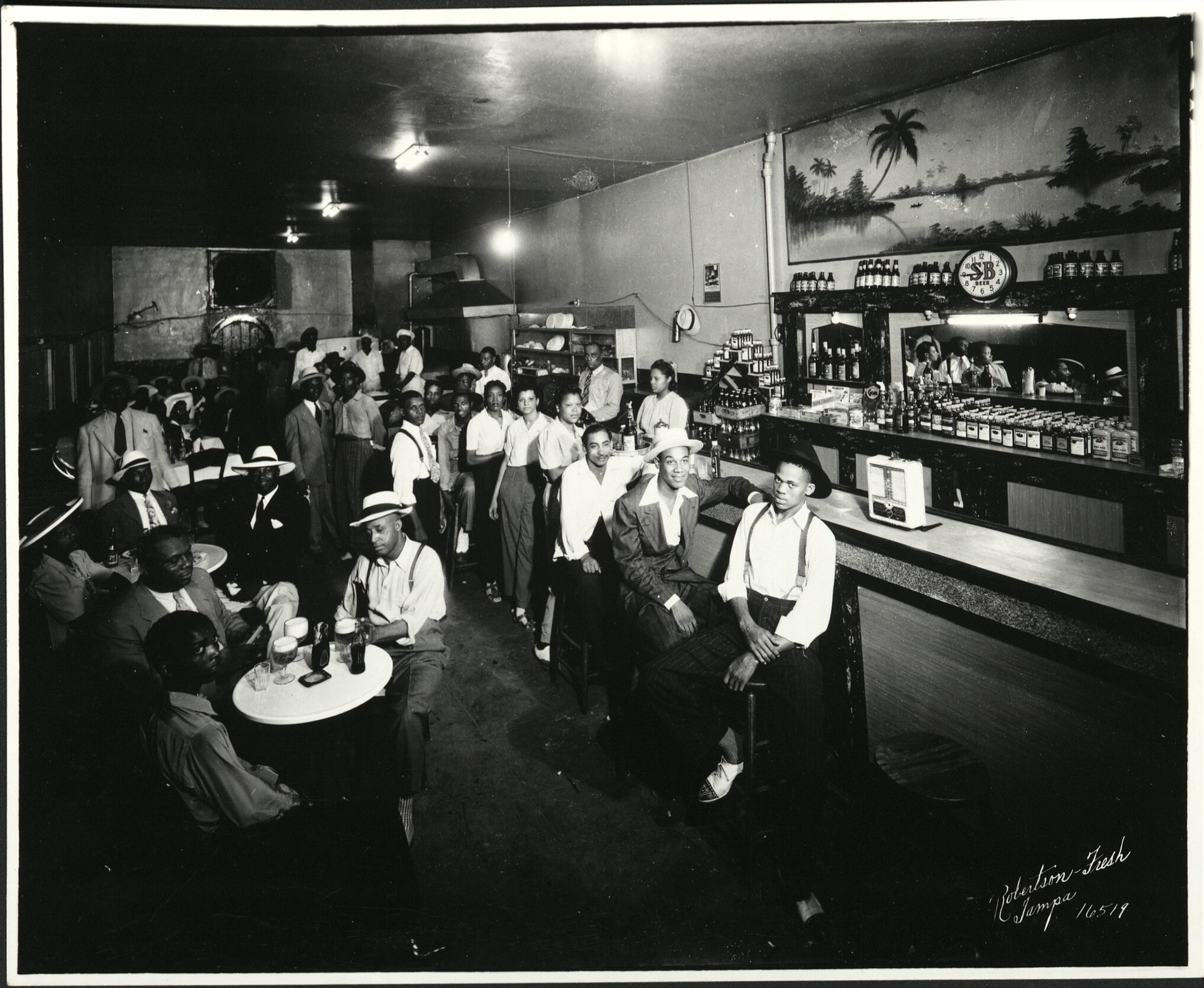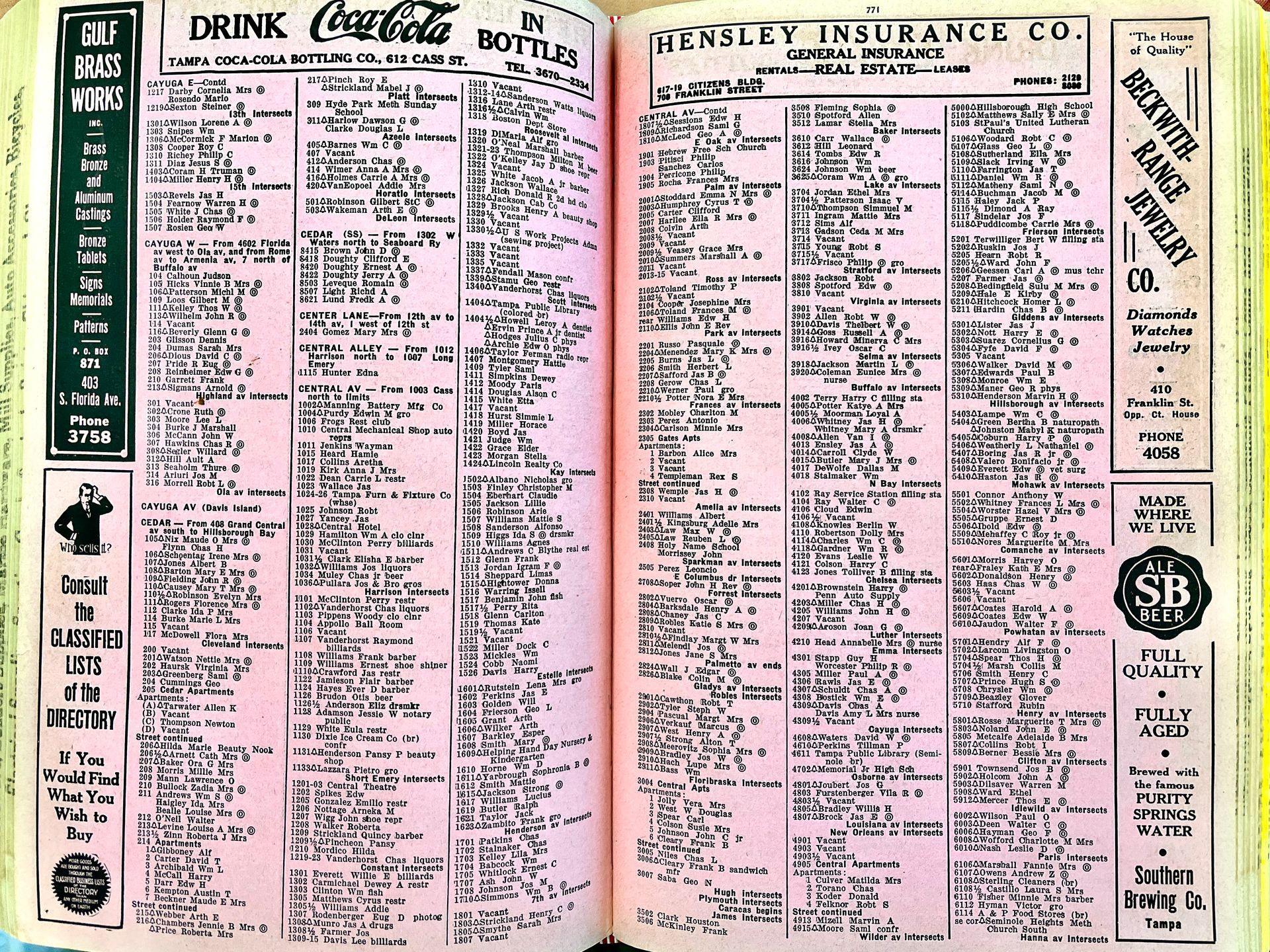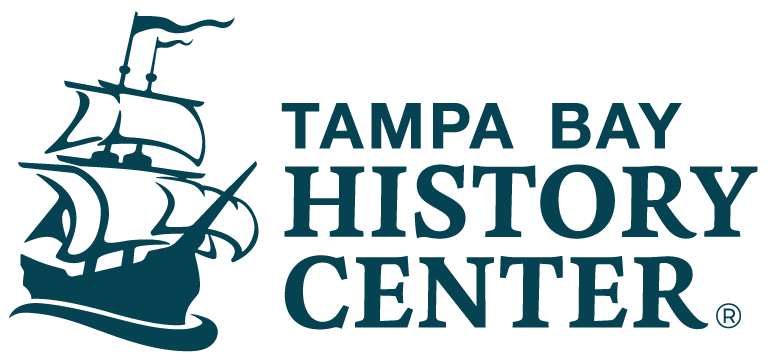Presented by WUSF
Chitlin' Circuit Chronicles
About the Circuit
The Chitlin' Circuit was an informal national network of performance venues for black performers and audiences, named after the slavery culinary dish “chitterlings” (usually made from hog intestines).
The circuit was a crucial part of Tampa and St. Pete's cultural and social fabric during a time of widespread segregation. Venues along Tampa’s Central Avenue like Joyner’s Cotton Club and St. Pete's the Manhattan Casino provided a safe-haven for entertainers.
These venues were more than just performance spaces; they were sanctuaries where the community could gather, celebrate, and find solace in music and dance. Several famous artists were part of the Circuit’s history and spent significant time in Tampa including Ray Charles, Cab Calloway, James Brown, Louis Armstrong, Dizzy Gillespie, Ella Fitzgerald, among others.
What are Chitlins?
Chitlins, known as chitterlings, is a meal that consists of animal intestines (pig, cow, goose, etc). Its history dates back to slavery and pre-Civil War in the deep American south. Slaves nourished themselves on what was considered the least desirable and unwanted meats of the animal. The food has since become a staple of black cooking.
Beyoncé recently announced her Cowboy Carter Chitlin' Circuit tour. What is the Chitlin' Circuit?
The Chitlin' Circuit ranged from the Eastern Seaboard to the Deep South and Florida. In the era of Jim Crow, chitlins became known as a safety code for black performers who knew where to stop along the way. This became known as the Chitlin' Circuit. Performers used Green Books to guide them into neighborhoods considered safe. Venues along the circuit often gave payment in the form of scraps that consisted of numerous items like "two burgers and a bag of chips."
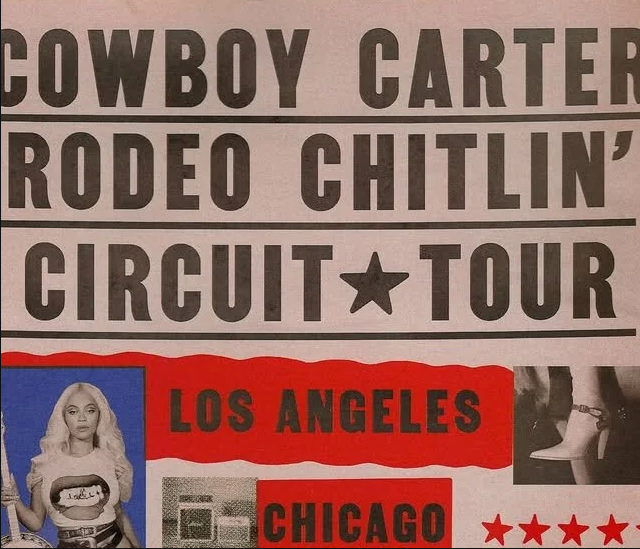
Beyoncé Cowboy Carter Rodeo Chitlin' Circuit tour poster
Who performed on the Circuit?
Many well known black American artists performed along the Circuit. Music wasn't the only performances given in these venues. They often ranged from dancers, comedians, musicians, and performance artists.
Artists included:
- Slim & Sweets Preston (variety & dance)
- Richard Pryor and Redd Foxx (comedians)
- Ray Charles, Ella Fitzgerald, Ike and Tina, Cab Calloway, Dionne Warwick, Fats Domino, The Supremes, Billie Holiday (musicians)
- Saxie Williams (dancer)
Florida was a big stop along the Circuit
Performers like Duke Ellington, Ray Charles, Louis Armstrong, Ella Fitzgerald, B.B. King and many more performed throughout Florida in places like Jacksonville's LaVilla neighborhood (Ritz Theatre), Tampa's Central Avenue (Joyner's Cotton Club), Dade City's Carver Heights (Cow Palace) and St. Petersburg's Deuces Corridor (Manhattan Casino). After segregation ended, the Chitlin Circuit continued into the 70s and early 80s before its decline but continues today preserving its history across the south.
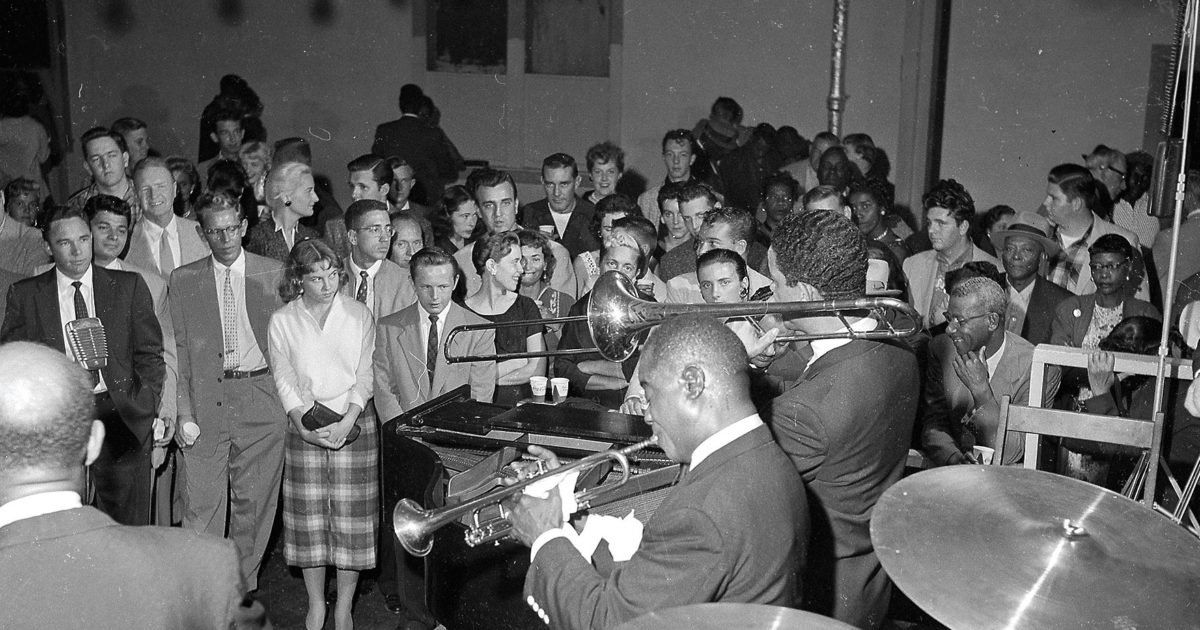
Louis Armstrong performs at the Manhattan Casino in South in St. Petersburg’s The Deuces corner.
Photo courtesy by Bob Moreland/St. Petersburg Times Archives
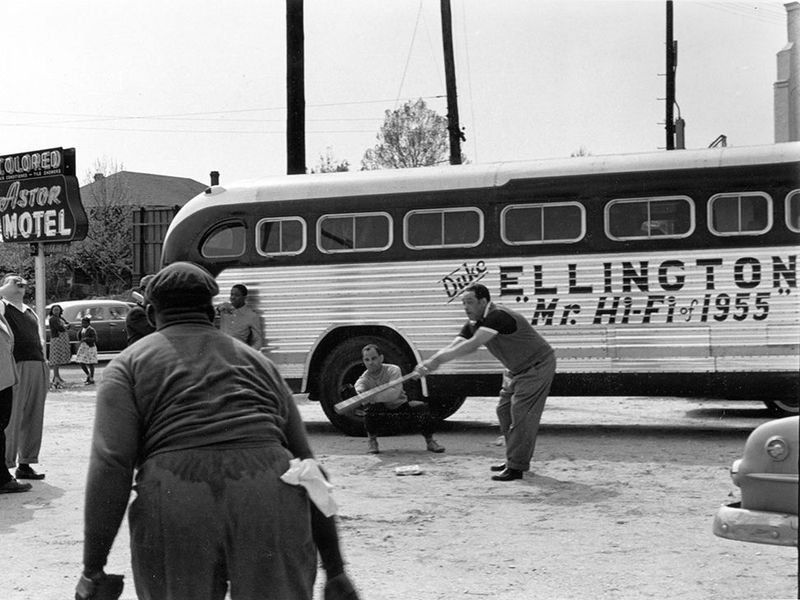
Duke Ellington and band members playing baseball while in Jacksonville’s LaVilla neighborhood. c. 1955
Photo courtesy of the Library of Congress
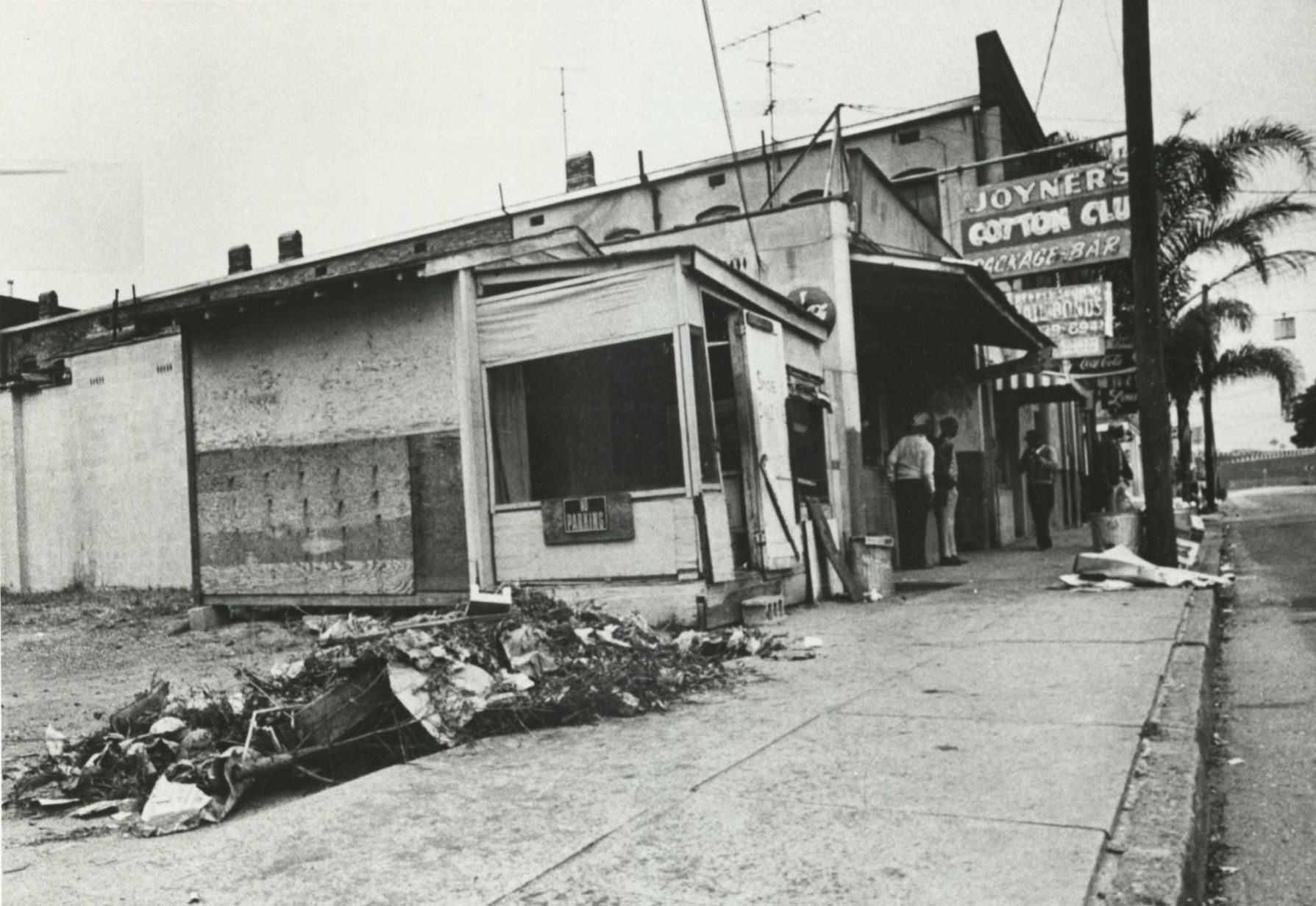
Joyner's Cotton Club during the razing of Central Avenue in the '70s.
Photo courtesy of USF Special Collections
Chitlin' Circuit Chronicles
Central Avenue Celebration
Hosted by WUSF, this free panel discussion and musical celebration highlighted the significant impact the Chitlin' Circuit had in Tampa. Experts and relatives of Chitlin' Circuit members spoke about their experiences. The panel included NPR's Eric Deggans with Arthenia Joyner, Michelle Scott, and Sharon Preston-Folta. A musical celebration followed the Q&A portion with a performance by Siobhan Monique, Buster Cooper's granddaughter. Art was featured by Green Book of Tampa Bay.
This event was made possible by Hillsborough County Board of County Commissioners and the Tampa Bay History Center.
Moderator & Panelists
Music & Art
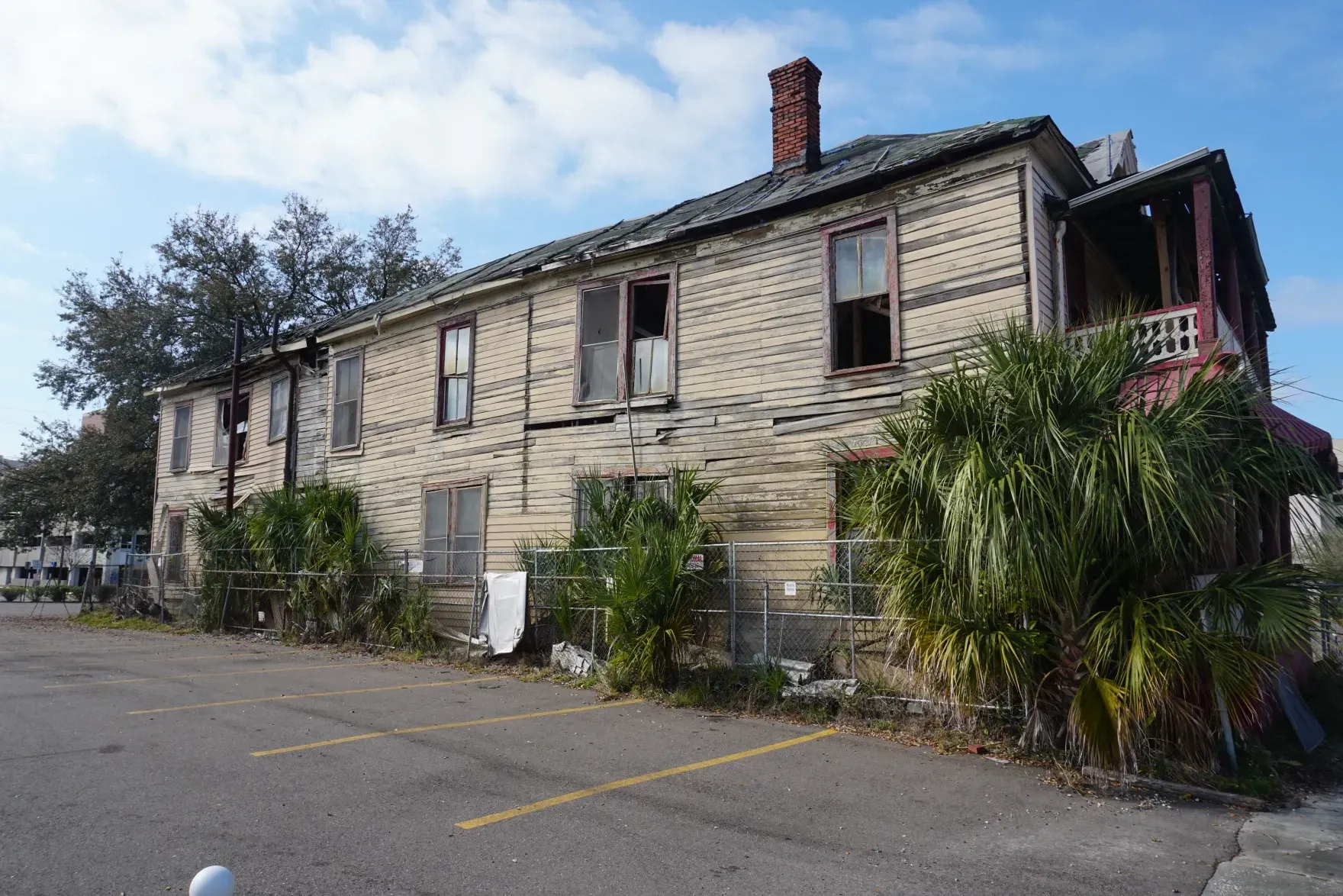
Special thanks to Green Book of Tampa Bay and Jazz on Arts Axis Florida for their support of this event.
This is an ongoing project. If you have materials or interest in being interviewed, please contact Warren Buchholz at wbuchholz@wusf.org

